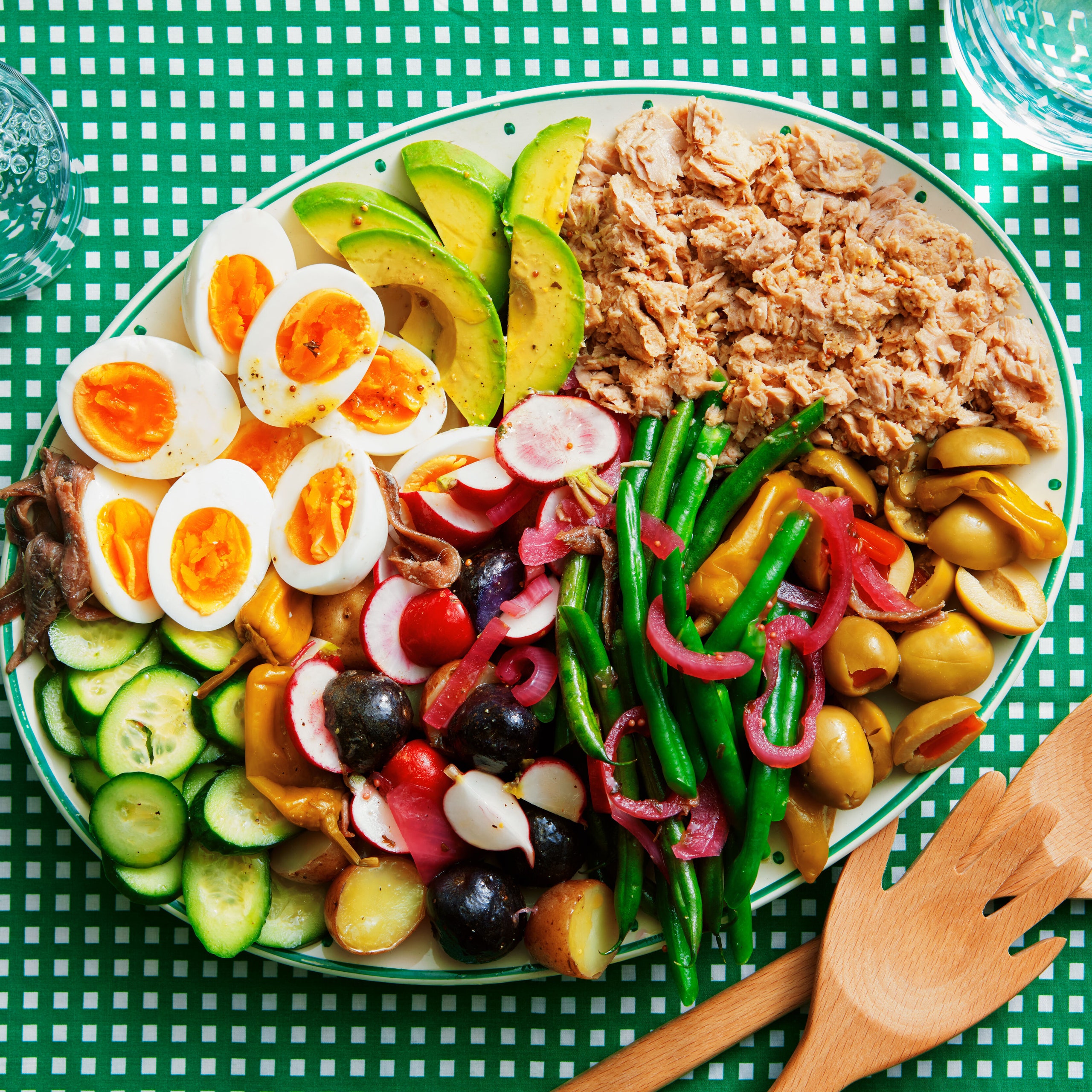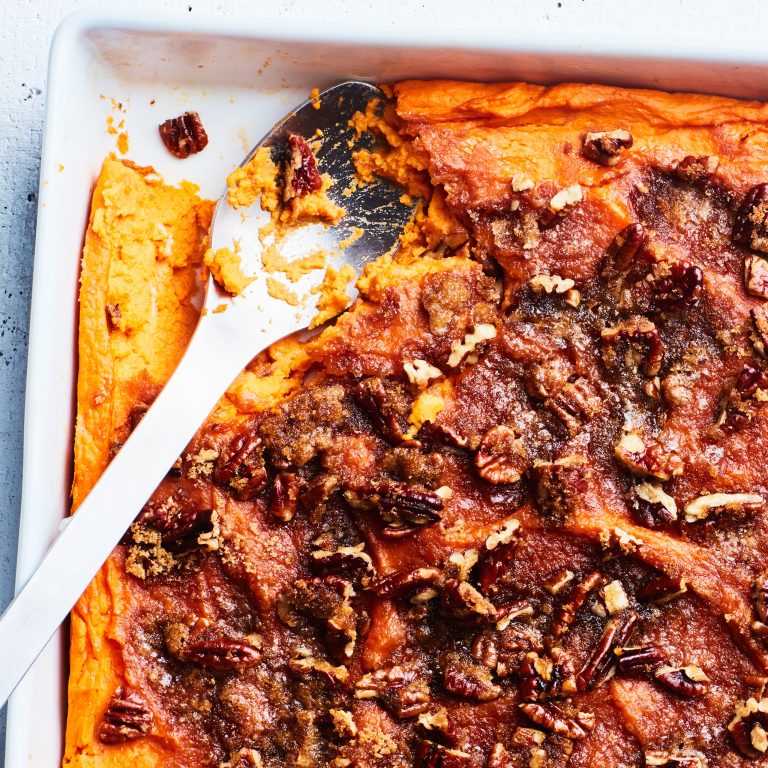Tuna Casserole Recipe: History, Tips & Healthy Variations for Perfect Comfort Food
The origins of tuna casserole trace back to the early 20th century in the United States. Initially, home cooks sought convenient, affordable meals that could utilize pantry staples. Tuna, canned since the early 1900s, provided an accessible protein source. The introduction of canned soup, like cream of mushroom, enabled the creation of quick, creamy sauces. Combining pasta, tuna, and soup brought forth the iconic dish. Over time, recipes evolved with the addition of vegetables, spices, and topping variations, reflecting regional preferences and available ingredients.
Popularity in American Cuisine
Tuna casserole gained widespread popularity in American cuisine during the mid-20th century. Post-World War II, convenience foods surged, and homemakers embraced the casserole for its ease and versatility. By the 1950s and 1960s, it became a household staple, frequently appearing in community cookbooks and potluck gatherings. Its presence in American homes continues today, cherished for its nostalgic value and comforting flavors. The dish remains adaptable, allowing for modern twists while preserving its classic appeal.
Key Ingredients for the Best Tuna Casserole
Choosing the Right Tuna
Opt for high-quality canned tuna as it lays the foundation for the dish. Albacore tuna, known for its firm texture and mild flavor, is ideal. Ensure to use tuna packed in water rather than oil to control the dish’s fat content. For a more flavorful twist, consider using a mix of white and light tuna. Drain canned tuna thoroughly to avoid excess moisture.
Essential Dairy and Seasonings
Incorporate dairy products to achieve a creamy texture. Use condensed soup, preferably cream of mushroom or cream of celery, for a rich base. Add milk for a smooth consistency. Grated cheddar cheese, known for its melting properties, adds depth in flavor. You might also use sour cream or cream cheese to enhance creaminess.
Season to taste with salt and black pepper. Adding minced garlic, onion powder, or paprika provides additional layers of flavor. A dash of Worcestershire sauce contributes a savory note. Don’t forget to include a crunchy topping, like crushed potato chips or breadcrumbs, for an irresistible texture contrast.
Selecting quality tuna and using essential dairy products and seasonings will elevate your tuna casserole to new heights. Every ingredient plays a crucial role in achieving the best flavor and texture.
Recipe Variations
Classic Tuna Casserole
A classic tuna casserole features essential, timeless ingredients for a familiar taste. Combine canned tuna, condensed cream of mushroom soup, and cooked egg noodles. Mix in frozen peas for a pop of color and added nutrition. Season with salt, black pepper, and a touch of onion powder. Top with breadcrumbs or crushed potato chips, and bake until golden and bubbly.
| Ingredient | Amount |
|---|---|
| Canned Tuna | 1 can (6 oz.) |
| Condensed Cream of Mushroom Soup | 1 can (10.5 oz.) |
| Egg Noodles | 2 cups (cooked) |
| Frozen Peas | 1 cup |
| Breadcrumbs/Potato Chips | 1/2 cup |
Modern Twists on the Traditional Recipe
For a contemporary spin, infuse your tuna casserole with unique flavors and textures. Substitute Greek yogurt or sour cream for the traditional soup to offer tanginess and creaminess. Incorporate a blend of cheeses like cheddar and mozzarella for added richness. Add fresh vegetables like bell peppers, spinach, or mushrooms to enhance the nutritional value. Sprinkle with panko breadcrumbs and grated parmesan for an extra-crispy topping. Bake until the cheese is melted and the top is brown.
- Greek yogurt: 1 cup
- Shredded cheese blend: 1 cup (cheddar and mozzarella)
- Fresh vegetables: 1 cup (bell peppers, spinach, mushrooms)
- Panko breadcrumbs: 1/2 cup
- Grated parmesan: 1/4 cup
Nutritional Information
Health Benefits of Tuna
Tuna offers several health benefits. It’s an excellent source of lean protein, providing approximately 22 grams of protein per 3-ounce serving (USDA). Tuna is rich in omega-3 fatty acids, which promote heart health by reducing blood pressure and cholesterol levels. It’s also a good source of essential vitamins and minerals, including vitamin D, vitamin B12, and selenium, supporting bone health, immune function, and thyroid regulation. Consuming tuna aids in muscle repair and growth due to its high protein content.
Caloric and Nutritional Breakdown
A serving of tuna casserole contains varying amounts of calories and nutrients based on ingredients. On average, a typical serving (1 cup) may have around 300-400 calories (dependent on specific recipe variations). Key macronutrient values for this portion usually include:
- Protein: 18-22 grams
- Fat: 15-20 grams
- Carbohydrates: 20-30 grams
In addition to macronutrients, tuna casserole also provides several essential vitamins and minerals, driven by ingredients such as dairy, vegetables, and toppings. For instance, a serving might deliver around 15-20% of your daily calcium needs, due to cheese and milk-based sauces, and varying amounts of fiber from vegetables like peas and spinach. The presence of panko or breadcrumbs adds additional carbs and texture. Overall, tuna casserole provides a balanced combination of proteins, fats, and carbohydrates, contributing to a nourishing meal.
Cooking Tips and Tricks
Preparing the Perfect Casserole
Use fresh ingredients to enhance your tuna casserole’s flavor and texture. Choose high-quality canned tuna packed in water or oil for the best taste. Pre-cook your pasta until it’s al dente to prevent overcooking during baking. Mix a creamy sauce using a blend of cream of mushroom soup, milk, and shredded cheese. Add vegetables, such as peas and carrots, for extra nutrition and texture. Layer the ingredients evenly in a baking dish to ensure uniform cooking. Top with crushed crackers or breadcrumbs for a crunchy finish.
Common Mistakes to Avoid
Avoid using soggy pasta by cooking it just until al dente before baking. Using too much liquid in your sauce can lead to a watery casserole. When mixing ingredients, ensure they are well-combined to prevent uneven cooking. Overbaking dries out the casserole, so keep an eye on cooking time and set a timer. Using fresh seasonings and herbs, instead of relying solely on pre-mixed spices, enhances the dish’s flavor. Refrain from overloading the top with cheese or breadcrumbs, as this can cause uneven browning.
Conclusion
Crafting the best tuna casserole is all about balance and attention to detail. By focusing on fresh ingredients and high-quality canned tuna, you can elevate this classic dish to new heights. Don’t forget the importance of pre-cooking your pasta to al dente and creating a creamy, flavorful sauce. Adding vegetables not only boosts nutrition but also enhances the overall taste.
Remember to layer your ingredients evenly and top with crackers or breadcrumbs for that perfect crunch. Avoid common pitfalls like overcooking pasta or using too much liquid, and you’ll have a delicious, nutritious meal that’s sure to become a family favorite. Enjoy the timeless comfort of tuna casserole with these expert tips and variations.






